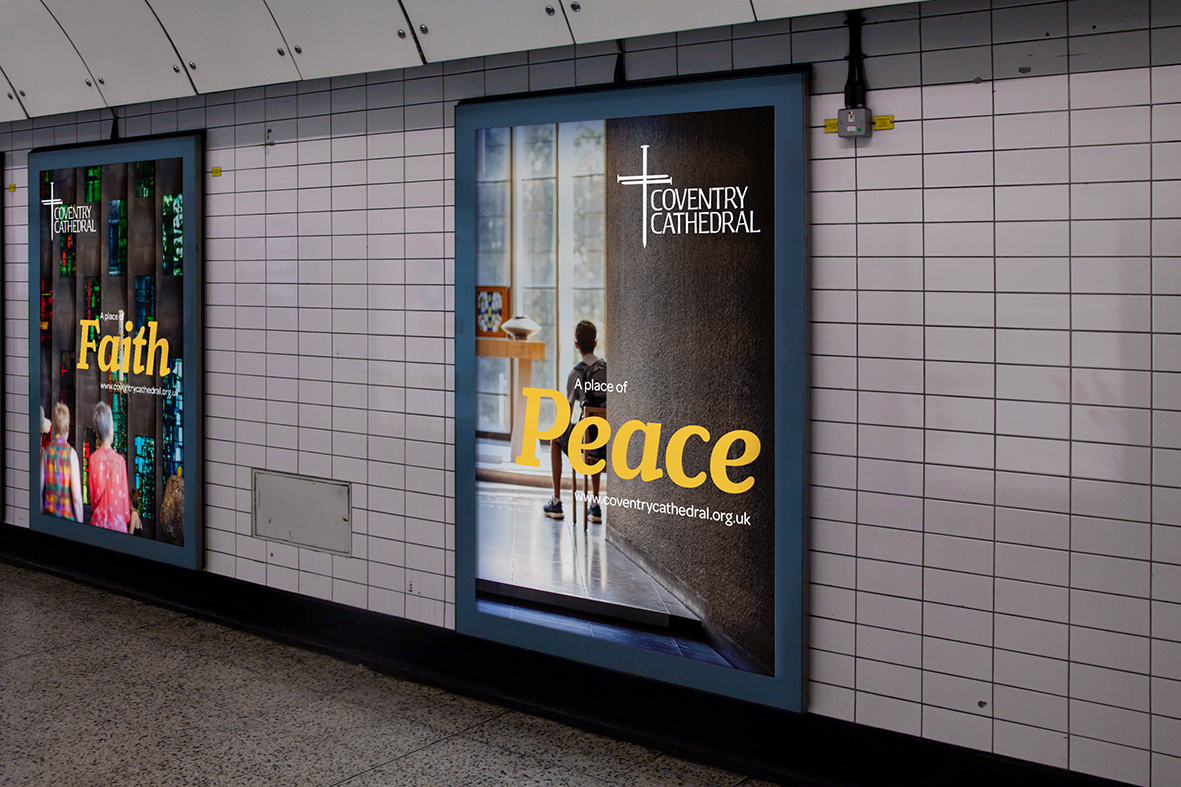The recent rebrand of Coventry Cathedral has been widely regarded as a significant success, both from a branding and cultural perspective. This rebrand was necessary to reflect the modern relevance of the Cathedral while honouring its rich heritage. Here are the key factors contributing to its success
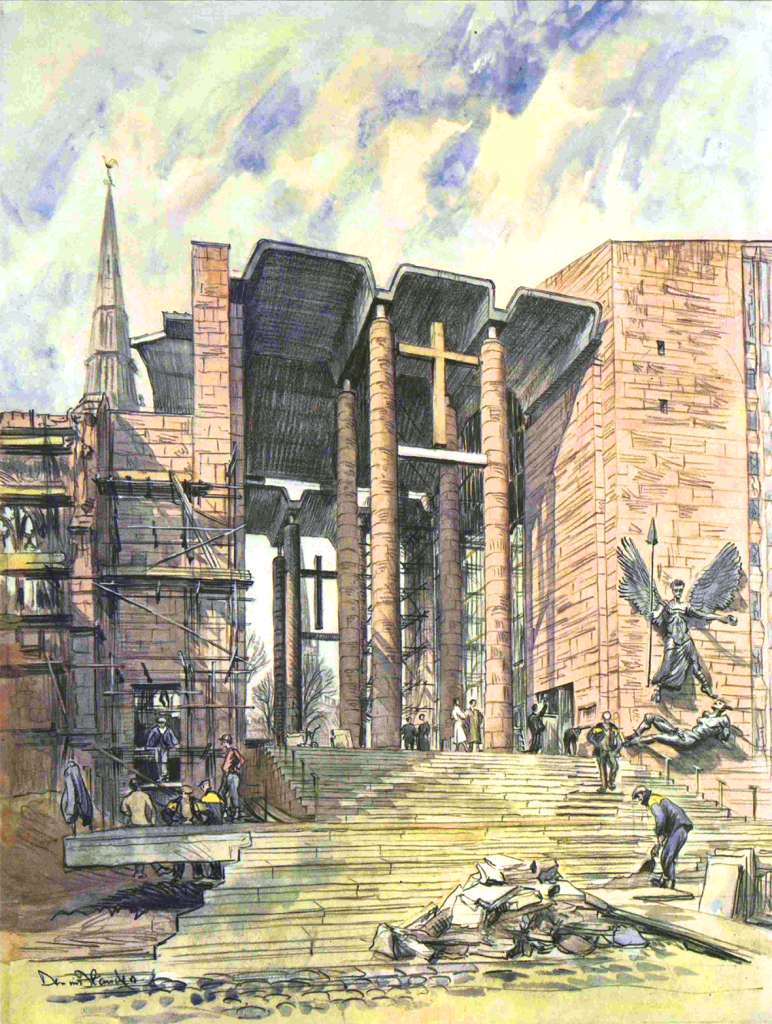
Strategic Alignment with Heritage and Modernity
Coventry Cathedral’s rebrand skilfully balanced the duality of its historical significance and its contemporary role. The visual identity cleverly incorporated elements of the original architectural features, such as the iconic ruins and the modernist new building, into the new logo. This balance helped in maintaining a connection with the past while projecting a forward-looking image.
Clear and Consistent Messaging
A critical aspect of the rebrand was the development of a cohesive narrative that communicates the Cathedral’s mission and values. The messaging emphasised themes of peace, reconciliation, and renewal, which are central to the Cathedral’s identity. This narrative was consistently applied across all communication channels, ensuring a unified brand voice.
Engaging Visual Identity
The new visual identity, which includes a contemporary logo and refreshed colour palette, resonates well with a broad audience. The design is modern and approachable, making it accessible to younger demographics while still respectful of the institution’s history. The use of bold, yet elegant typography and harmonious colours ensures that the brand stands out while conveying a sense of solemnity and respect.
Community Involvement and Feedback
The rebrand process involved extensive consultations with stakeholders, including community members, churchgoers, and local organisations. This inclusive approach not only built a sense of ownership and pride among the community but also ensured that the new brand accurately reflected the collective identity and aspirations of those it represents.
Positive Public and Critical Reception
The rebrand has been positively received by both the public and critics. Feedback highlights appreciation for the thoughtful integration of historical and contemporary elements. This positive reception is evidenced by increased visitor numbers, greater media coverage, and enhanced engagement on digital platforms.
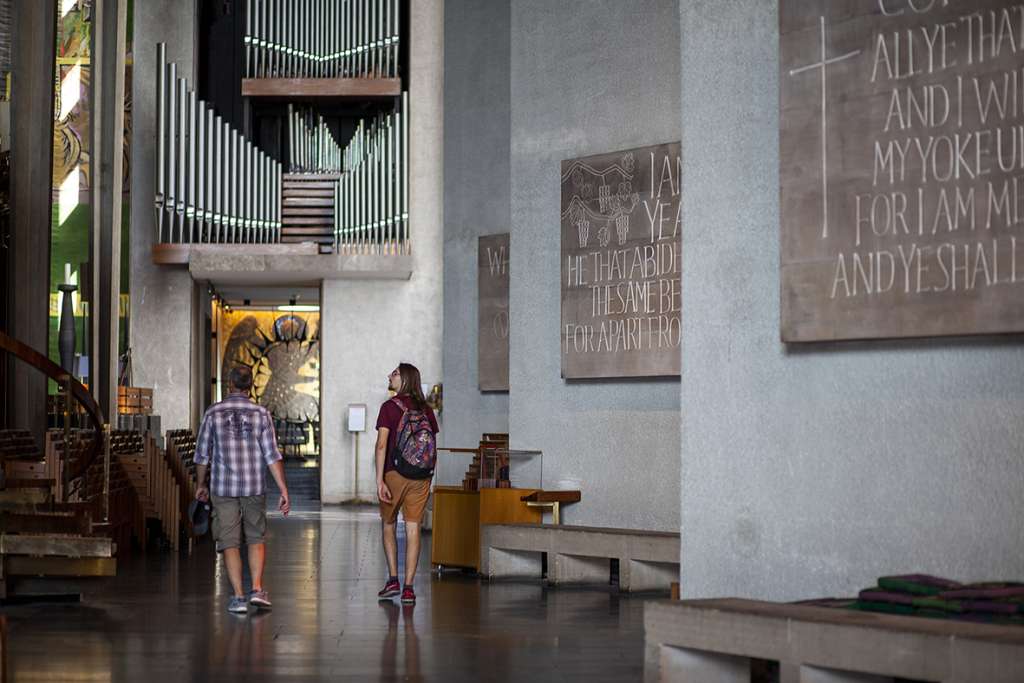
Artist Ralph Beyer holds a pivotal place in the artistic narrative of Coventry Cathedral, and his contributions are integral to its visual and cultural identity. Beyer’s most notable work, the “Tablets of the Word,” is a series of large-scale inscriptions that adorn the Cathedral’s walls. These inscriptions, with their distinctive lettering and thoughtful design, serve as a profound visual and spiritual anchor within the modernist architecture. Beyer’s work is celebrated not only for its aesthetic appeal but also for its ability to convey deep theological and philosophical messages in a visually compelling manner. His unique blend of text and form reflects the Cathedral’s themes of reconciliation and renewal, making his art an essential component of the space’s atmosphere and experience. By integrating art that speaks both visually and intellectually, Beyer has significantly enhanced the Cathedral’s role as a place of reflection, worship, and community, underscoring the importance of art in enriching spiritual and cultural environments.
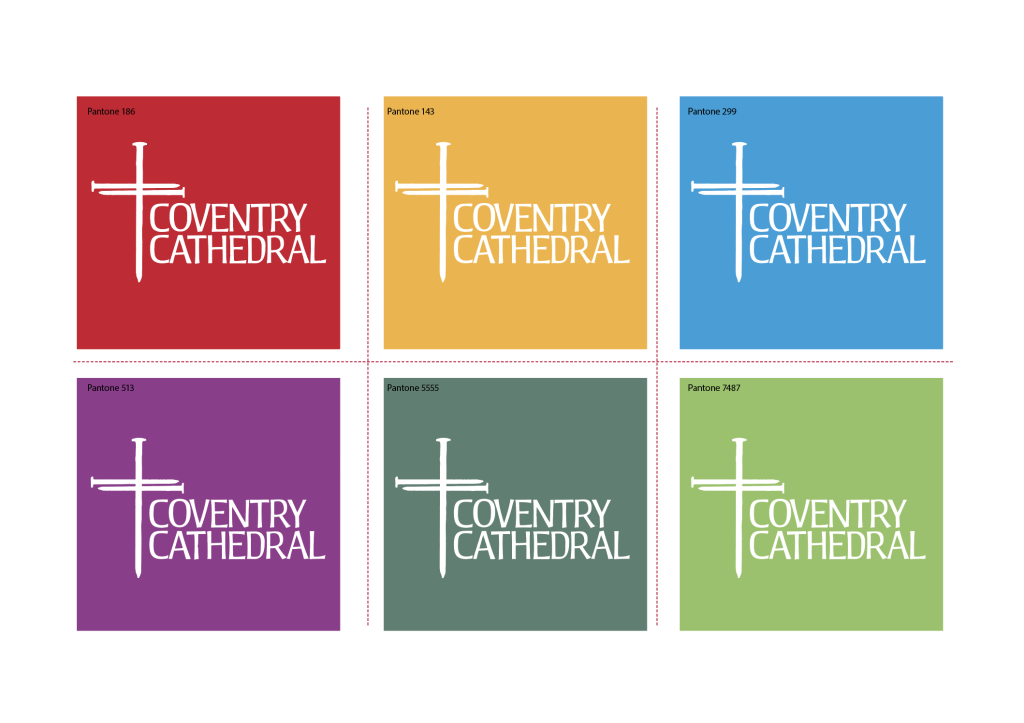

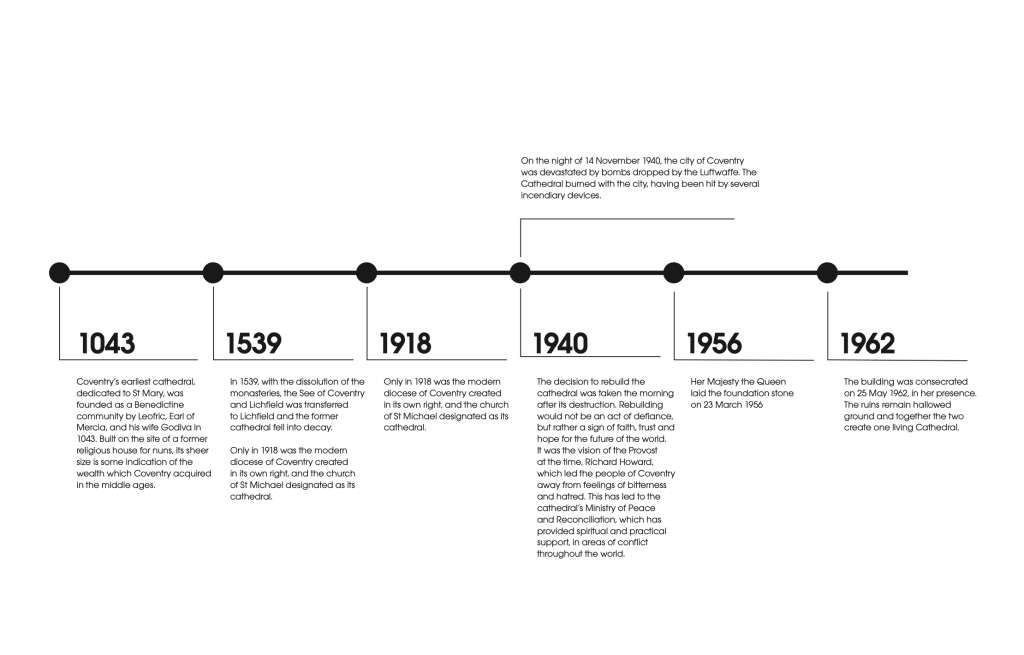
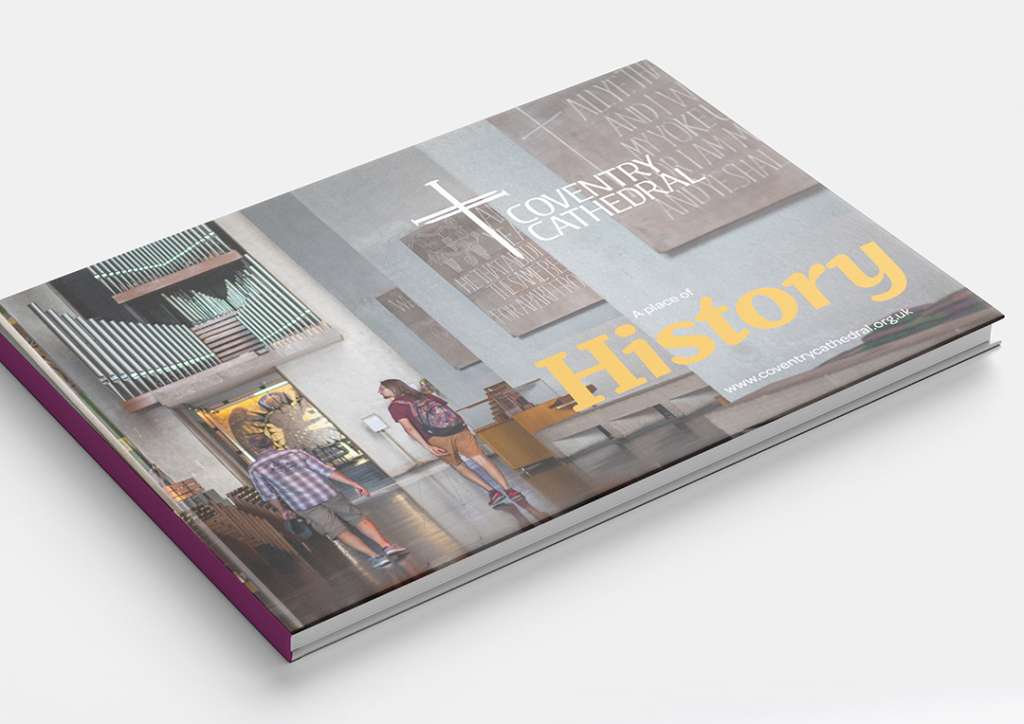

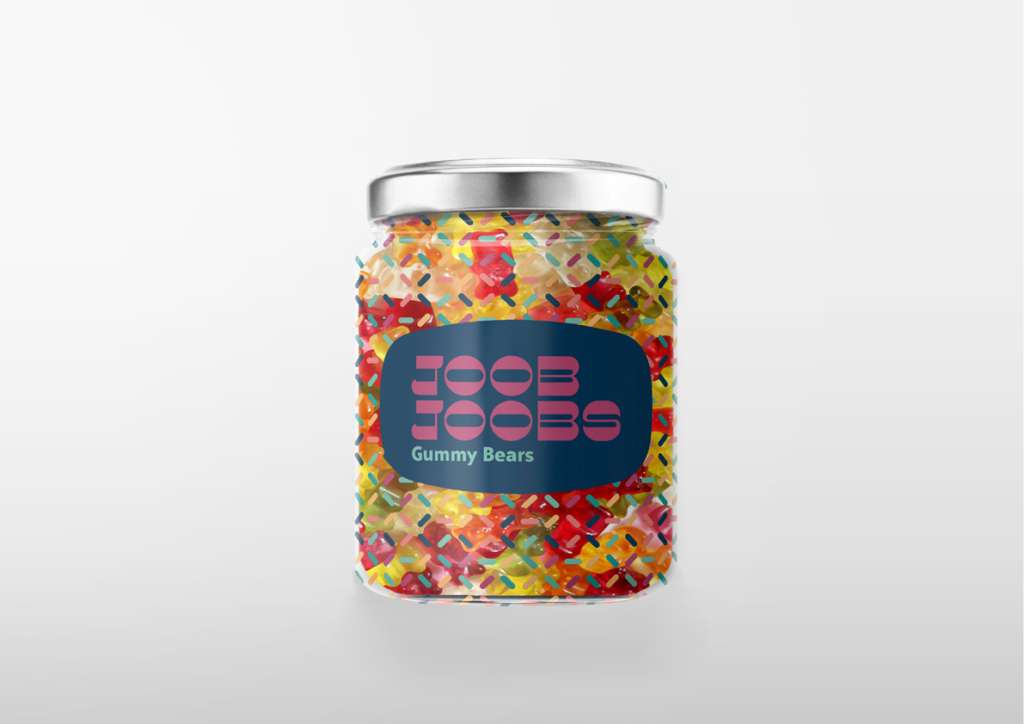

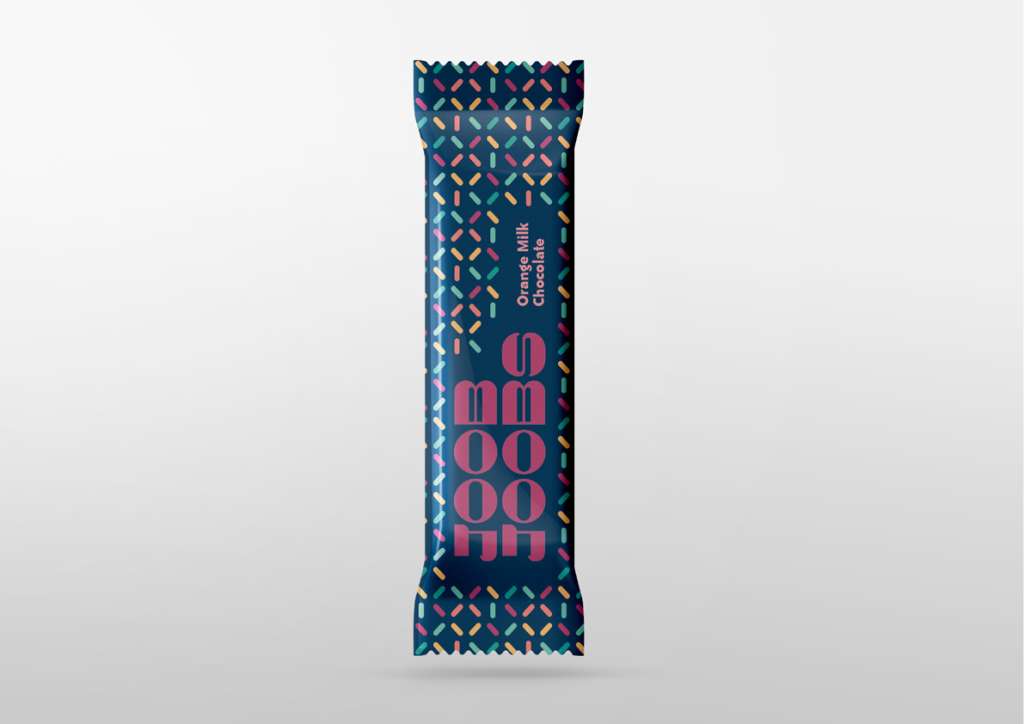

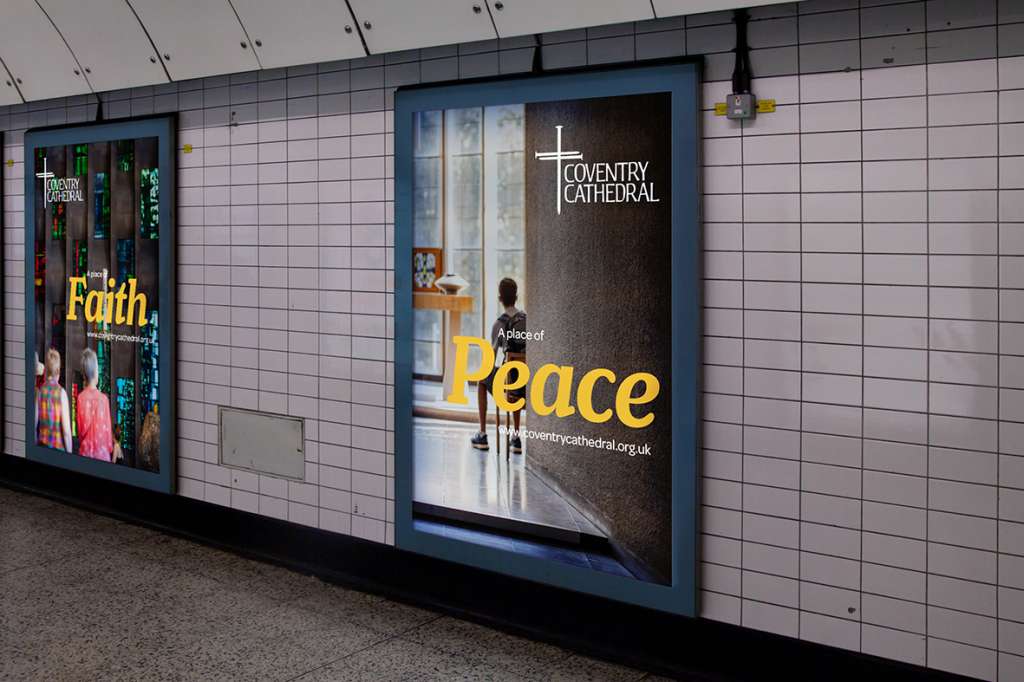
The Cross of Nails
Main article: Coventry Cross of Nails The Cross of Nails, also created after the Blitz, was made of three nails from the roof truss of the old cathedral by Provost Richard Howard of Coventry Cathedral at the suggestion of a young friend, the Reverend Arthur Philip Wales.
It was later transferred to the new cathedral, where it sits in the centre of the altar cross. It has become a symbol of peace and reconciliation across the world. There are over 330 Cross of Nails Centres all over the world, all of them bearing a cross made of three nails from the ruins, similar to the original one. When there were no more of these nails, a continuing supply have come from a prison in Germany. They are coordinated by the International Centre for Reconciliation.
The Cross of Nails donated to the Kaiser Wilhelm Memorial Church. One of the crosses made of nails from the old cathedral was donated to the Kaiser Wilhelm Memorial Church in Berlin, which was destroyed by Allied bombing and is also kept as a ruin alongside a newer building. A replica of the cross of nails was also donated to the Chapel of Reconciliation (Kapelle der Versöhnung) which forms part of the Berlin Wall Memorial.
